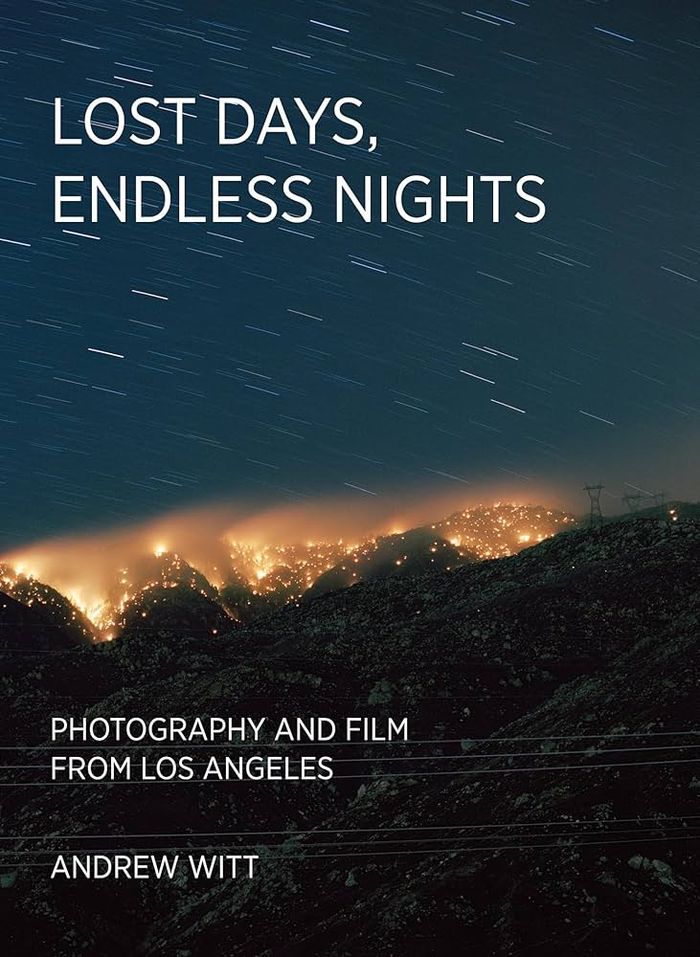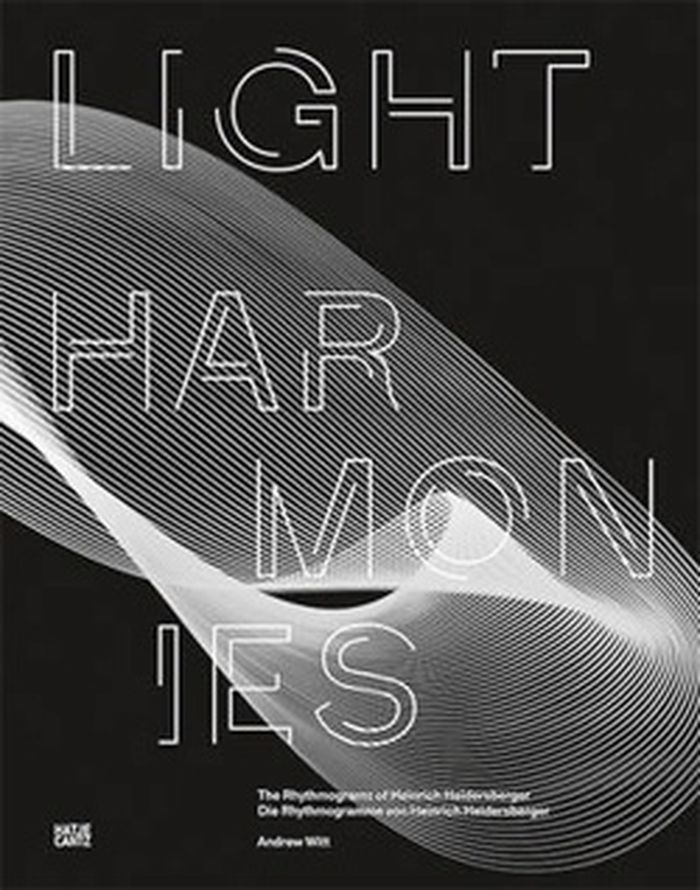$66.00
(available in store)
Summary:
''Lost Days, Endless Nights'' tells a history from below—an account of the lives of the forgotten and dispossessed of Los Angeles: the unemployed, the precariously employed, the evicted, the alienated, the unhoused, the anxious, the exhausted. Through an analysis of abandoned archival works, experimental films, and other projects, Andrew Witt offers an expansive account(...)
Lost days, endless nights: Photography and film from Los Angeles
Actions:
Price:
$66.00
(available in store)
Summary:
''Lost Days, Endless Nights'' tells a history from below—an account of the lives of the forgotten and dispossessed of Los Angeles: the unemployed, the precariously employed, the evicted, the alienated, the unhoused, the anxious, the exhausted. Through an analysis of abandoned archival works, experimental films, and other projects, Andrew Witt offers an expansive account of the artists who have lived or worked in Los Angeles, delving into the region's history and geography, highlighting its racial, gender, and class conflicts. Presented as a series of nine case studies, Witt explores how artists as diverse as Agnès Varda, Dana Lixenberg, Allan Sekula, Catherine Opie, John Divola, Gregory Halpern, Paul Sepuya, and Guadalupe Rosales have reimagined and reshaped our understanding of contemporary Los Angeles. The book features portraits of those who struggle and attempt to get by in the city: dock workers, students, bus riders, petty criminals, office workers, immigrants, queer and trans activists. Set against the landscape of economic turmoil and environmental crises that shadowed the 1970s, Witt highlights the urgent need for a historical perspective of cultural retrieval and counternarrative. Extending into the present, ''Lost Days, Endless Nights'' advocates for an approach that actively embraces the works and projects that have been overlooked and evicted from the historical imaginary
Architecture and Film, Set Design
$70.00
(available to order)
Summary:
The rhythmograms of Heinrich Heidersberger (1906-2006) are intricately curved compositions of pure light that weave together abstract figures, organisms and space. The artist created these complex light patterns during the 1950s and 1960s, capturing the invisible and elusive worlds of time and motion in a single frame. Widely known as an architectural photographer of(...)
Heinrich Heidersberger: light harmonies
Actions:
Price:
$70.00
(available to order)
Summary:
The rhythmograms of Heinrich Heidersberger (1906-2006) are intricately curved compositions of pure light that weave together abstract figures, organisms and space. The artist created these complex light patterns during the 1950s and 1960s, capturing the invisible and elusive worlds of time and motion in a single frame. Widely known as an architectural photographer of postwar modernism, Heidersberger's little-known rhythmograms serve as a fascinating bridge between the work of early modernists and the future of algorithmic art and architecture. This is the first critical study of these rhythmograms in all their delicate detail.
Photography monographs
$53.95
(available in store)
Summary:
In this publication, Andrew Witt examines the visual, methodological, and cultural intersections between architecture and mathematics. The linkages Witt explores involve not the mystic transcendence of numbers invoked throughout architectural history, but rather architecture’s encounters with a range of calculational systems—techniques that architects inventively retooled(...)
Formulations: Architecture, mathematics, and culture
Actions:
Price:
$53.95
(available in store)
Summary:
In this publication, Andrew Witt examines the visual, methodological, and cultural intersections between architecture and mathematics. The linkages Witt explores involve not the mystic transcendence of numbers invoked throughout architectural history, but rather architecture’s encounters with a range of calculational systems—techniques that architects inventively retooled for design. Witt offers a catalog of mid-twentieth-century practices of mathematical drawing and calculation in design that preceded and anticipated digitization as well as an account of the formal compendia that became a cultural currency shared between modern mathematicians and modern architects.
Architectural Theory


